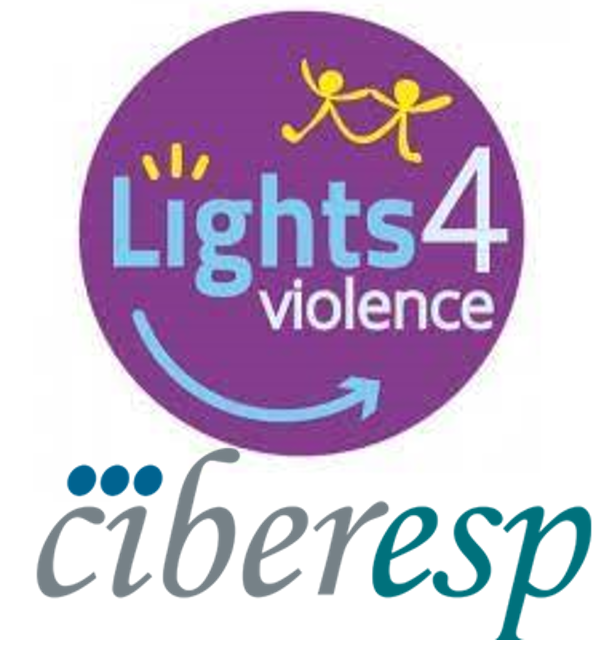Dr. Beatrice Ioan - member of Light4Violence Project and Professor of Forensic Medicine- together with her colleagues, has recently reviewed the literature on the postmodern approach to domestic violence.
The acts of violence, in all their forms, constitute a serious violation of human rights. Domestic violence includes “all acts of physical, sexual, psychological or economic violence”, that occur in a vast conjugal setting – “within the family or domestic unit or between former or current spouses or partners, whether or not the perpetrator shares or has shared the same residence with the victim” (Council of Europe, 2011). The examples also include verbal threats, public humiliation, destruction of property, abuse of children, sexual abuse and life-threatening acts (Harway et al., 2002).
Hanganu B, Crauciuc D, Petre-Ciudin V, Velnic AA, Manoilescu I, Ioan BI (2017). Domestic Violence in the Postmodern Society: Ethical and Forensic Aspects. Postmodern Openings, Volume 8, Issue 3, December, pp. 46-58
read more at http://lumenpublishing.com/journals/index.php/po/article/view/178
Belén Sanz-Barbero (member of Ligths4Violence project) and Carmen Vives-Cases (Coordinator of Lights4Violence project) published a paper about prevalence and associated factors of intimate partner violence against young women in Europe. The paper assesses the prevalence and main characteristics of experiencing physical and/or sexual and psychological-only IPV among young women in the European Union and identify individual and contextual associated risk factors. The results show that having suffered physical and/or sexual abuse by an adult before age 15 was the strongest risk factor for IPV. Other individual risk factors were: perceived major difficulties in living within their household income, having children and age 18–24 years for physical/sexual IPV and immigration background for psychological-only.
Moreover living in countries with a higher prevalence of binge drinking or early school dropout was positively associated with IPV. Therefore, the fight against violence in young women should consider individual characteristics, childhood experiences of abuse and also structural interventions including reduction of alcohol consumption and improvement in the education-related indicators.
Sanz-Barbero, B., Pereira, P. L., Barrio, G., & Vives-Cases, C. (2018). Intimate partner violence against young women: prevalence and associated factors in Europe. J Epidemiol Community Health, jech-2017. doi: 10.1136/jech-2017-209701.
read more at http://jech.bmj.com/content/early/2018/03/08/jech-2017-209701
Another important study by our partners of Lights4Violence - Belén Sanz-Barbero (member of ISCIII team), Carmen Vives-Cases (Coordinator of L4V) and their colleagues is in press. The study analyzes whether there are time patterns in different intimate partner violence (IPV) indicators and aims to obtain models that can predict the behavior of these time series.
The results show that the daily number of calls to the 016 telephone IPV help line decreased during January 2008-April 2012 and increased during April 2012–December 2015. No statistically significant change was observed in the trend of the number of daily IPV police reports. The number of IPV police reports filed increased on weekends and on Christmas holidays. The number of calls to the 016 IPV help line increased on Mondays. Using data from 2008-2015, the univariate ARMA models predicted 64.2% of calls to the 016 telephone IPV help line and 73.2% of police reports filed during 2016 in the Community of Madrid.
The study suggests the need for an increase in police and judicial resources on non-work days. Also, the 016 telephone IPV help line should be especially active on work days.
Read more: Sanz-Barbero, B., Linares, C., Vives-Cases, C., González, J. L., López-Ossorio, J. J., & Díaz, J. (2018 in press). Intimate Partner Violence in Madrid: A Time Series Analysis (2008-2016). Annals of Epidemiology
